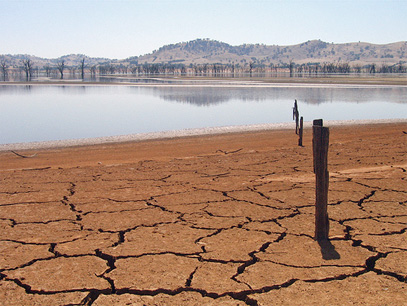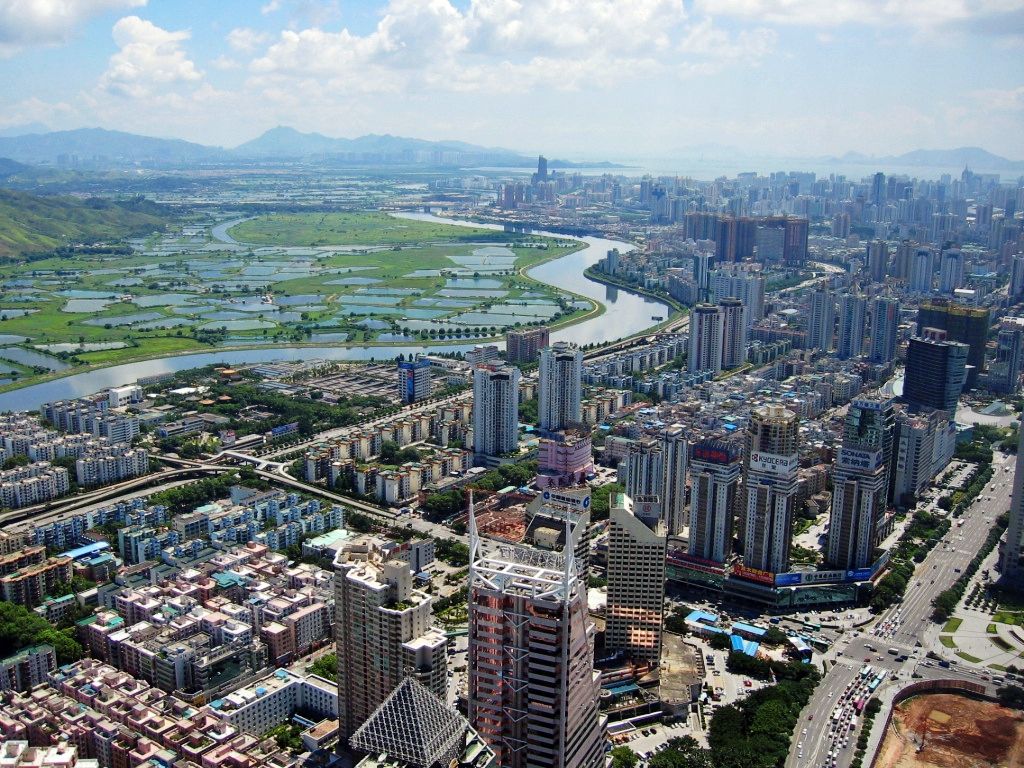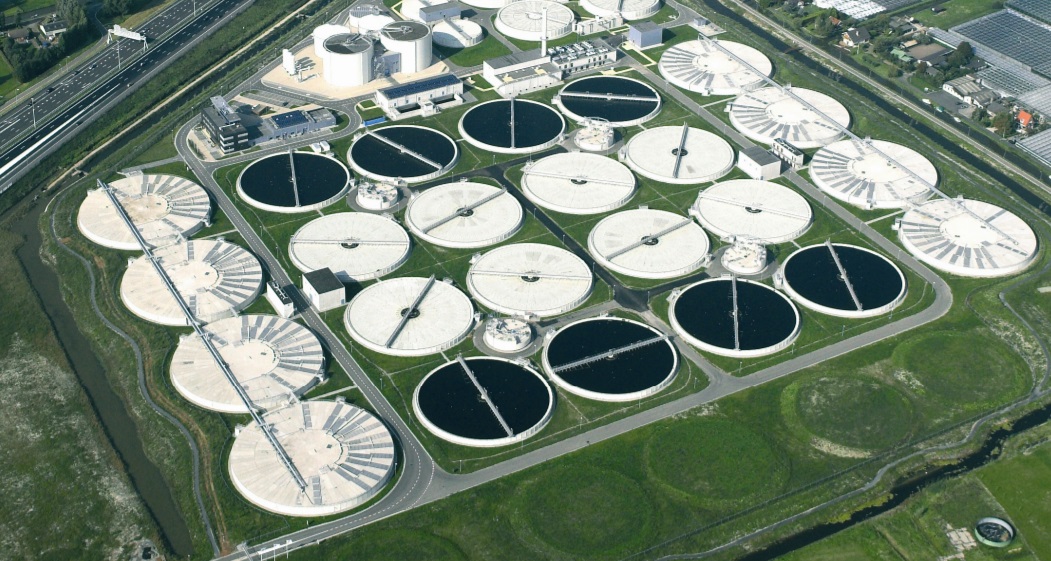
In this course, we will explore and analyse the complex interaction between water service providers and their (natural) environment. We will delve into how the concepts of sustainability and resilience translate into these interactions and daily practices, the current approaches and activities to incorporate environmental aspects to water service provision, as well as how to properly measure and monitor them.
We will do this through (i) an overview of discourses and
practices on the urban water cycle and Urban Water Management paradigms, (ii) a critical review of the concepts of sustainability and resilience, (iii)
an exposure of various environmental approaches in water service provision, and
(iv) the design of, and subsequent reflection on, environmental management
guidelines for water service providers.

Welcome to the NAIAD 2020 Project! The NAIAD 2020 project is a group of over 16 partners, 9 DEMO sites, and 9 work packages that focus on the insurance value of the environment and how to capitalize this value through nature based solutions (NBS). This course will outline main objectives and innovations from each of the groups, as well as encourage debate on the definition of natural capital and how this capital can be included in business models.
The context of this class is flood and drought prevention and mitigation, and case studies will be incorporated into the modules. Please use this course to not only learn and update yourselves on the project proceedings, but also to highlight how these themes can be applied from your specific background, company, or area of interest. We also want to gain perspective and refined focus through hearing and reading about your experiences and practices.
Through this six-week course, students will produce reports on the discussed topics and their applications. At the end of the course, the students as a whole will create a business model using the tools and concepts they have obtained for a hypothetical case study. Along the way, quizzes will ensure proper understanding and grasp of the material. Deadlines for all activities will be posted within each week.
Best of luck!






This course is an introduction to impact assessment and covers Environmental Impact Assessment (EIA) and Strategic Environmental Assessment (SEA). I
The topics include the impact assessment process and frameworks and tools to integrate in the assessment human rights, climate change, ecosystem services, biodiversity, and cumulative effects.

In this course, we will explore and analyse the complex interaction between water service providers and their (natural) environment. We will delve into how the concepts of sustainability and resilience translate into these interactions and daily practices, the current approaches and activities to incorporate environmental aspects to water service provision, as well as how to properly measure and monitor them.
We will do this through (i) an overview of discourses and
practices on the urban water cycle and Urban Water Management paradigms, (ii) a critical review of the concepts of sustainability and resilience, (iii)
an exposure of various environmental approaches in water service provision, and
(iv) the design of, and subsequent reflection on, environmental management
guidelines for water service providers.


The course starts with consideration of how hydrology may influence water quality, and what that means for the choice of locations. For example, in a lake, you may want to monitor both at the surface and at the bottom. When those more natural variations have been covered, anthropogenic activities are added to the catchment. This leads into a discussion on measurement frequency, before we get to the final part of the course on real-world monitoring networks.


